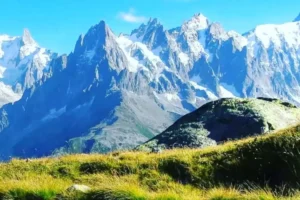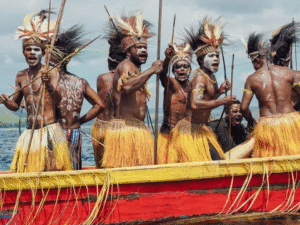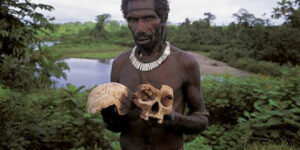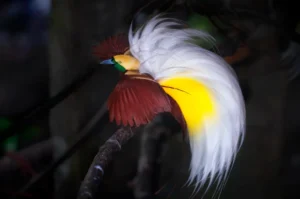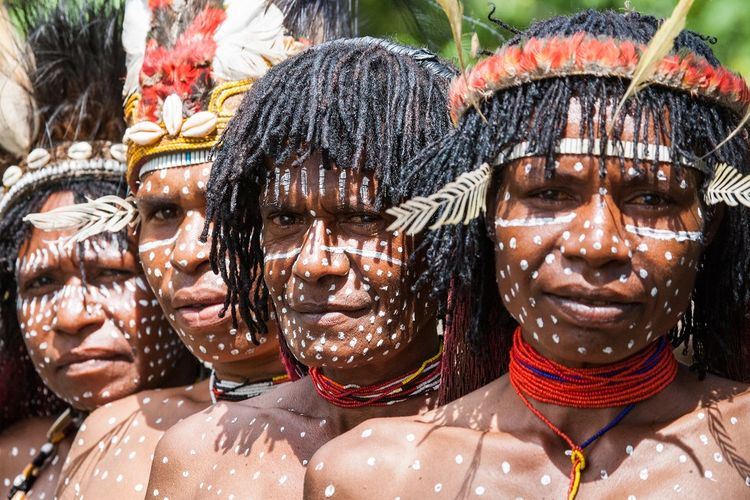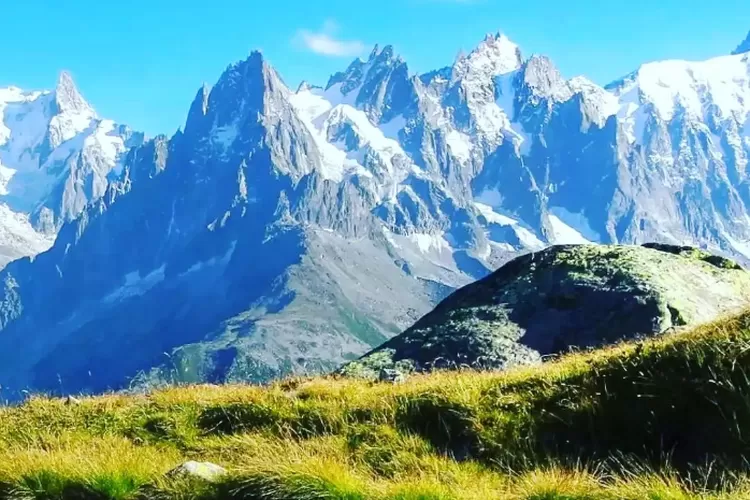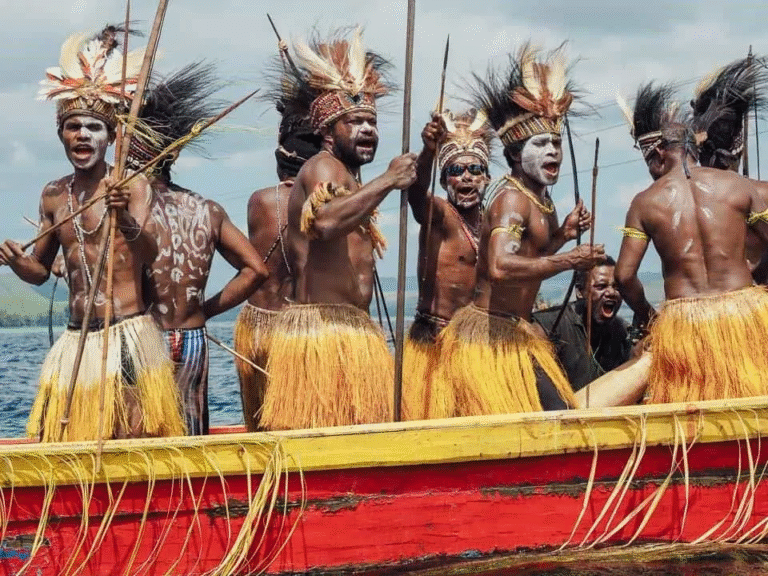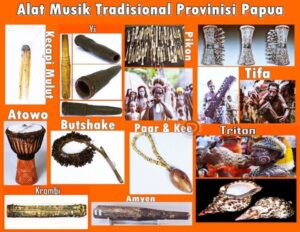1. Introduction to Papua Island and Its Tribal Diversity
Papua Island, situated on the western half of New Guinea, is one of the most culturally diverse regions in the world. With over 250 distinct tribes and over 800 languages, it is a living museum of human cultural evolution. While modern Indonesia races forward, Papua holds tightly to its ancient traditions, offering a window into the primal roots of humanity.
2. Geographic and Historical Context of Papuan Tribes
Papua’s rugged terrain—mountains, swamps, jungles, and river valleys—has allowed tribes to remain isolated for centuries. This natural segregation gave rise to extreme diversity. These tribes date back thousands of years, with archaeological evidence suggesting human habitation as far back as 40,000 years.
During the Dutch colonial period and subsequent Indonesian integration, many tribes remained untouched by the outside world, preserving their animist beliefs, stone-age tools, and rituals.
3. Key Indigenous Tribes of Papua Island
a. Dani Tribe
Located in the Baliem Valley, the Dani tribe is one of the most well-known. The Dani are recognized for:
- Wearing traditional koteka (penis gourds)
- Practicing pig feasts and mummy preservation
- Holding mock tribal wars for ceremony
- Cultivating sweet potatoes as staple food
Their unique war dances and body paint make them a popular feature in tribal festivals and anthropology studies.
b. Asmat Tribe
The Asmat are wood carvers and river dwellers located in southern Papua. They’re internationally famous for:
- Intricate wood carvings and bis poles
- Head-hunting traditions (discontinued post-1970s)
- Living in stilt houses above swampy lands
- Elaborate initiation rites for boys
The Asmat believe in honoring ancestors through carvings and songs, embedding spirits into their art.
c. Korowai Tribe
Perhaps the most remote tribe, the Korowai are known for:
- Treehouses built up to 50 feet high to avoid evil spirits
- Wearing bark cloth and hunting with bows
- Previously practicing ritual cannibalism (until early 2000s)
- Extremely isolated language and customs
They became widely known through National Geographic documentaries in the 1990s.
d. Yali Tribe
Distant cousins of the Dani, the Yali live in eastern highlands and are:
- Known as the “small people” due to their stature
- Practitioners of terraced farming
- Wielders of spears and axes in ceremonial attire
- Residing in round huts built for single families
Their strict age hierarchy and men’s houses define their social structure.
e. Amungme Tribe
Living near the Grasberg mine, the Amungme have faced both opportunity and displacement. They are:
- Guardians of sacred mountains
- Deeply spiritual, viewing nature as living spirits
- Victims of environmental conflict due to mining
- One of the few tribes with a written language (modern development)
f. Moni Tribe
The Moni, known as “dragon believers”, inhabit the central highlands and revere the Baliem python as a god. Their culture includes:
- Elaborate myths and storytelling
- Unique musical instruments
- Farming of taro and yams
g. Mee Tribe
The Mee live in the Paniai Lakes region and are:
- Skilled fishermen and farmers
- Cultural believers in sun worship
- Traditionalists wearing noken bags and handwoven skirts
They are slowly adapting to modern education and trade.
h. Bauzi Tribe
Located in the northwestern jungles, the Bauzi are:
- Known for formerly being headhunting animists
- Now largely converted to Christianity
- Experts in sago tree processing
- Simple-living people who live off rivers and forest produce
i. Kombai Tribe
Like the Korowai, the Kombai live in high treehouses, and:
- Use bark tools and natural dyes
- Depend on wild pigs, sago, and bananas
- Practice ancestral worship through natural shrines
j. Marind Tribe
Found in southern Papua near the Merauke region, the Marind are:
- Warriors with a history of ritual headhunting
- Distinguished by tattoos and penis sheaths
- Strongly patriarchal and clan-based
- Devotees of animistic gods linked to nature
4. Languages of Papua Tribes
With over 800 languages, Papua is the most linguistically diverse place on Earth. These are categorized as:
- Papuan languages (non-Austronesian)
- Austronesian coastal languages
- Many are unwritten, passed orally
- Some tribes have languages with fewer than 100 speakers
Efforts by missionaries and NGOs aim to preserve and document these fading tongues.
5. Tribal Traditions and Rituals
Common themes across Papuan tribes include:
- Pig feasts as economic and ceremonial functions
- Initiation rituals for boys involving pain endurance
- Mummy preservation using smoke and resin
- War dances and mock battles for conflict resolution
- Tattooing and scarification for beauty and status
These customs serve as the social glue of tribal life.
6. Papuan Tribal Art, Architecture, and Fashion
Each tribe is an art form unto itself. Highlights include:
- Wood carvings (Asmat, Dani)
- Bone jewelry and boar tusks (Yali, Korowai)
- Noken bags made from bark fiber
- Treehouses (Korowai, Kombai)
- Elaborate feather headdresses, body paint, and nose bones
Traditional fashion is less about modesty and more about identity, warfare, and ritual.
7. Daily Life: Food, Hunting, and Community
Papuan tribes live communally, relying on:
- Subsistence farming (sweet potatoes, taro, yams)
- Hunting and fishing (pigs, cassowaries, fish)
- Sago extraction from palm trees
- River navigation with dugout canoes
- Childcare as communal responsibility
Their lives reflect a sustainable bond with nature.
8. Spiritual Beliefs and Tribal Religion
Many tribes still practice animism, believing:
- Spirits reside in trees, rivers, animals, and ancestors
- Rituals must honor the balance of nature
- Dreams and omens guide decision-making
- Shamans and elders act as spiritual mediators
However, Christianity and Islam have penetrated many regions due to missionary activity, often merging with tribal practices.
9. Impact of Modernization and Globalization
Challenges facing Papua tribes include:
- Deforestation and mining destroying habitats
- Loss of language and oral tradition
- Forced displacement and land conflict
- Education bringing generational shifts
- Growing dependency on government aid
Still, some tribes choose voluntary isolation to preserve their culture.
10. Conservation, Rights, and Tribal Autonomy
Advocacy for tribal rights includes:
- Legal recognition of customary lands
- Protection under Indonesian autonomy laws
- Support from NGOs for healthcare and literacy
- Struggles for tribal governance and resource sharing
The Indonesian government’s Special Autonomy Law (Otsus) aims to protect tribal identity, though implementation remains inconsistent.
11. Visiting Papua: Eco-Tourism and Tribal Respect
Tourism can help or harm. Responsible tourism means:
- Using local guides
- Avoiding exploitative photos or bribes
- Respecting sacred places and consent
- Supporting tribal crafts and community-based tourism
Events like the Baliem Valley Festival and Asmat Cultural Festival offer windows into tribal life with dignity.
12. Conclusion: The Last Stronghold of Primitive Civilization
The indigenous tribes of Papua Island are more than just anthropological curiosities. They are living civilizations carrying the flame of humanity’s early steps. As globalization looms, preserving their dignity, autonomy, and cultural wealth is not just a local issue—it is a global responsibility.
